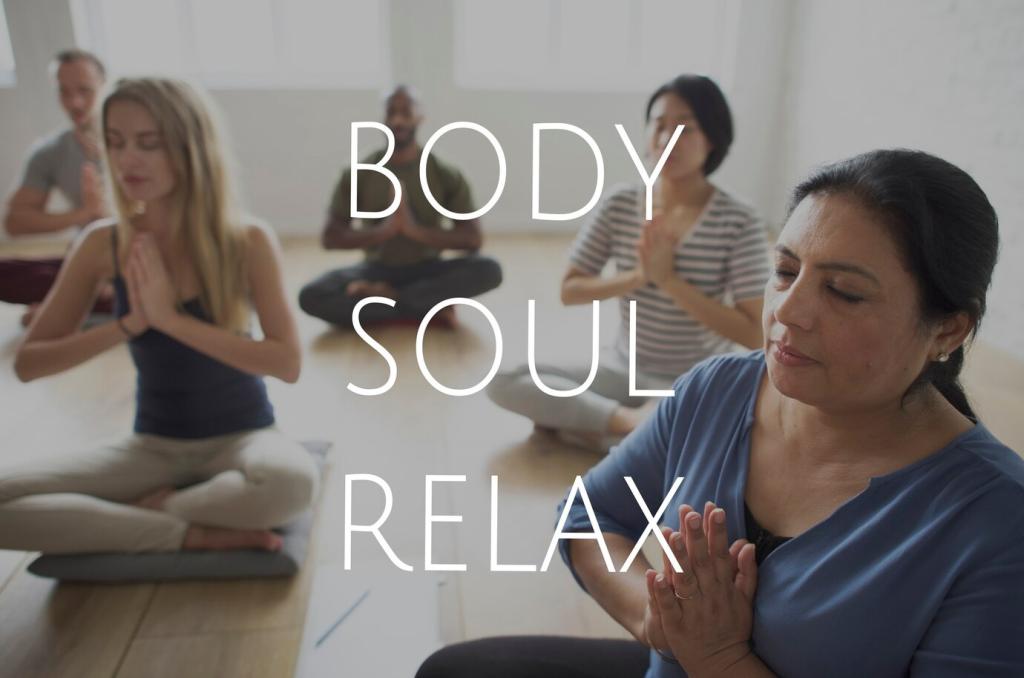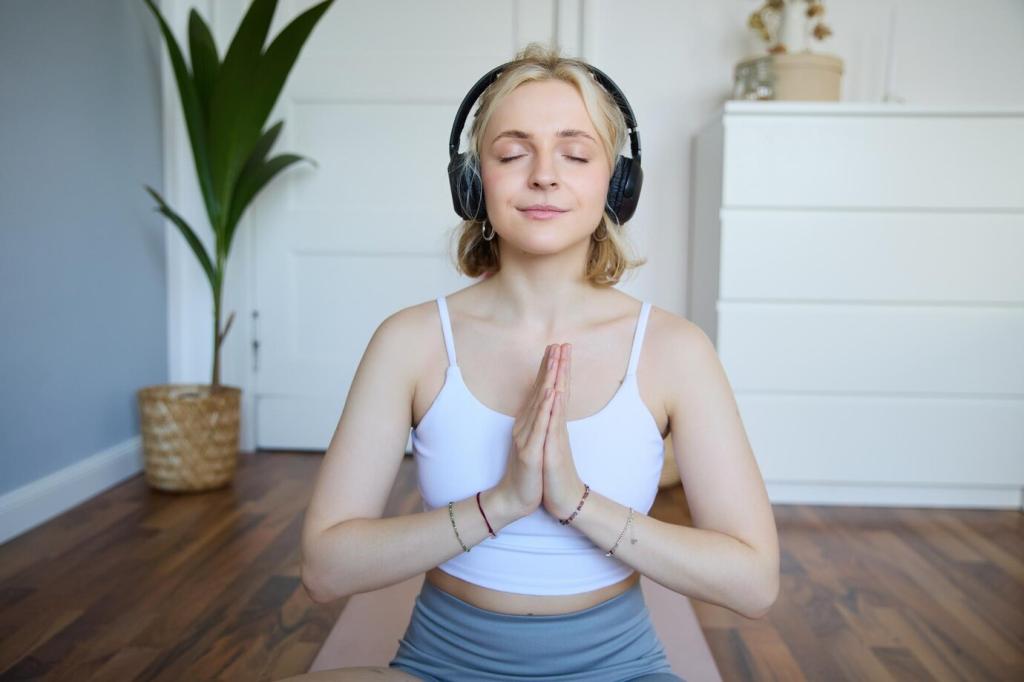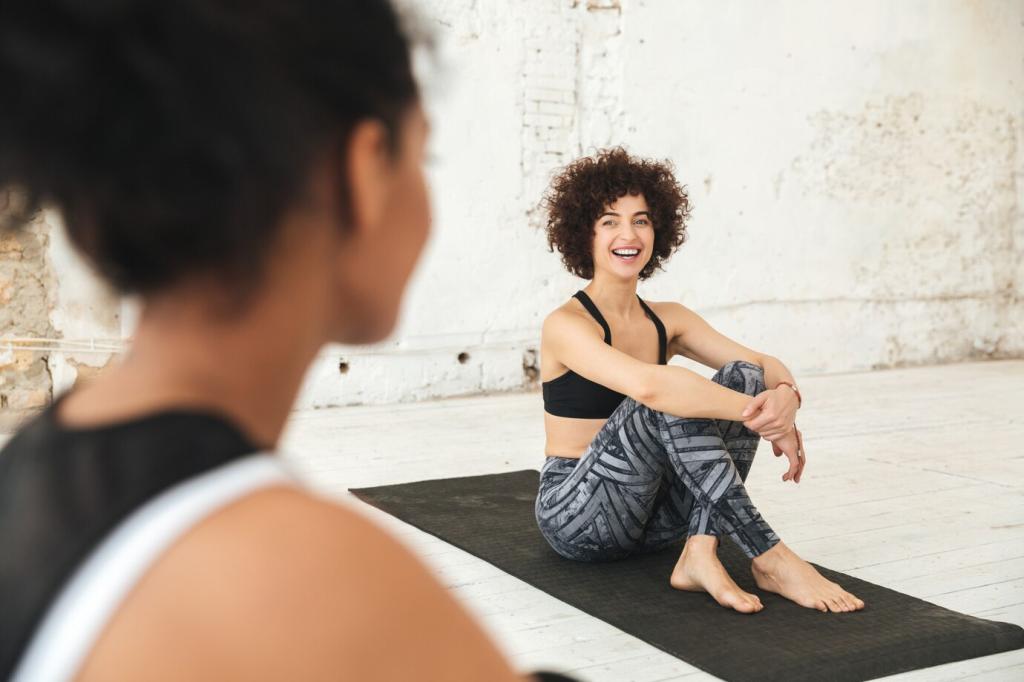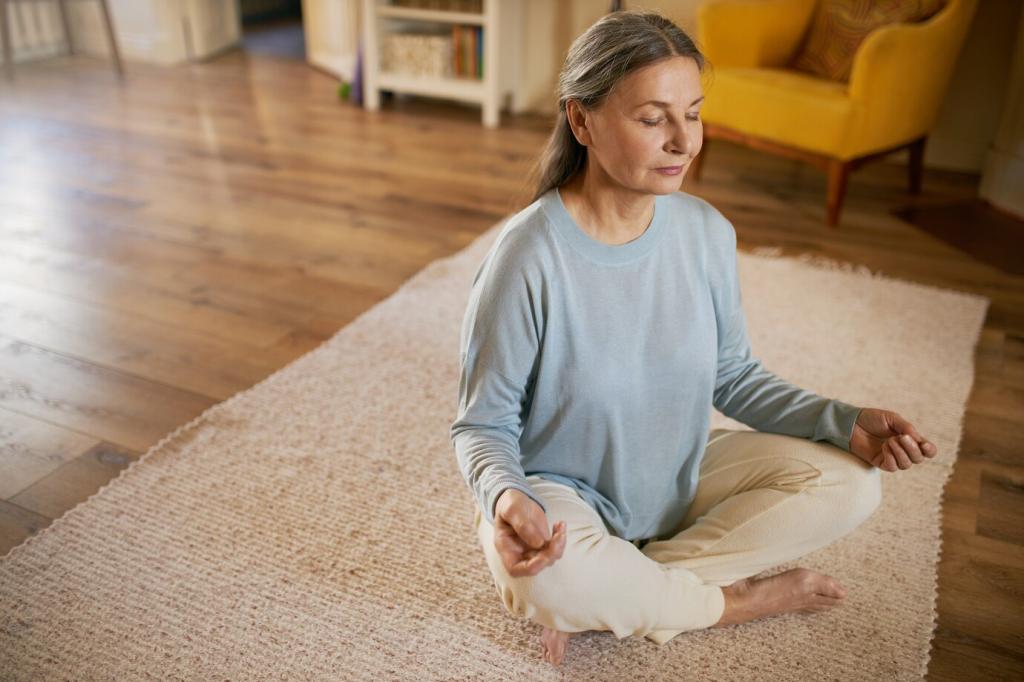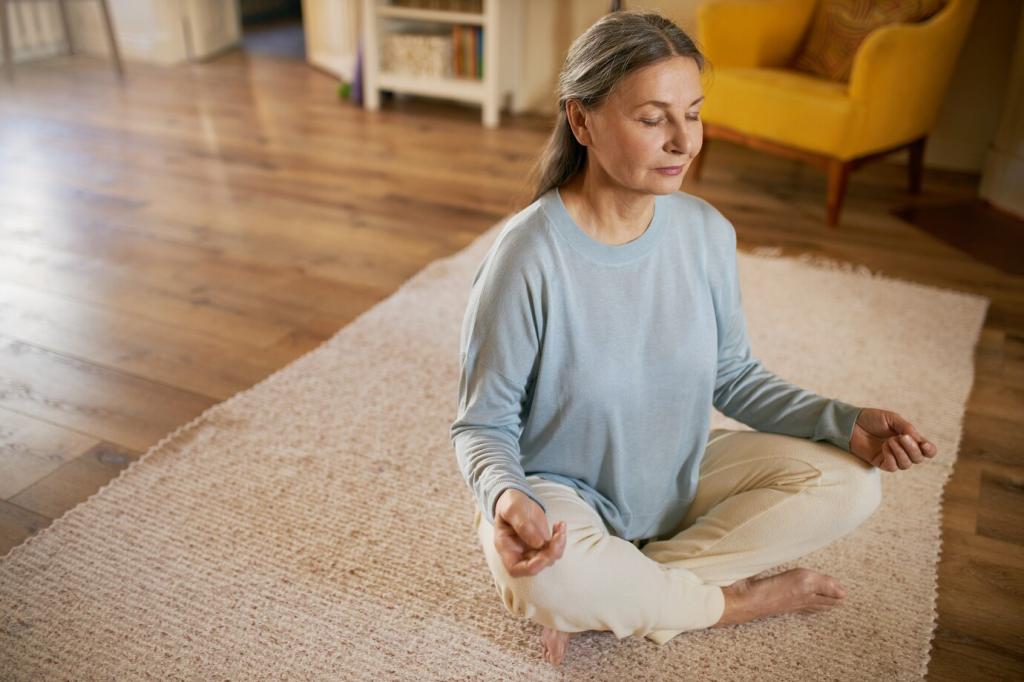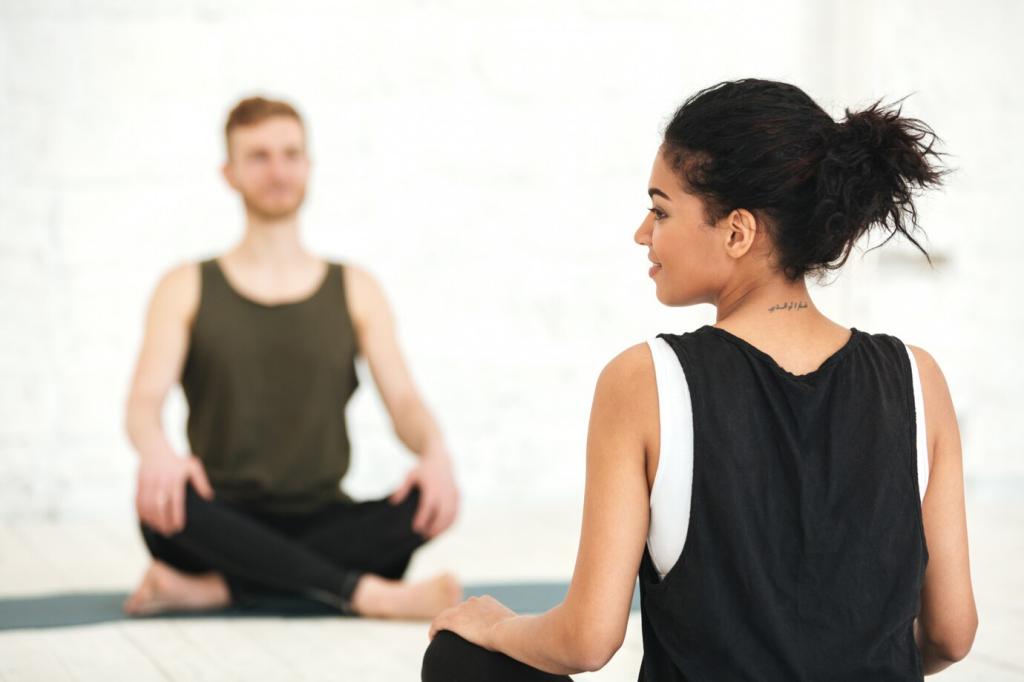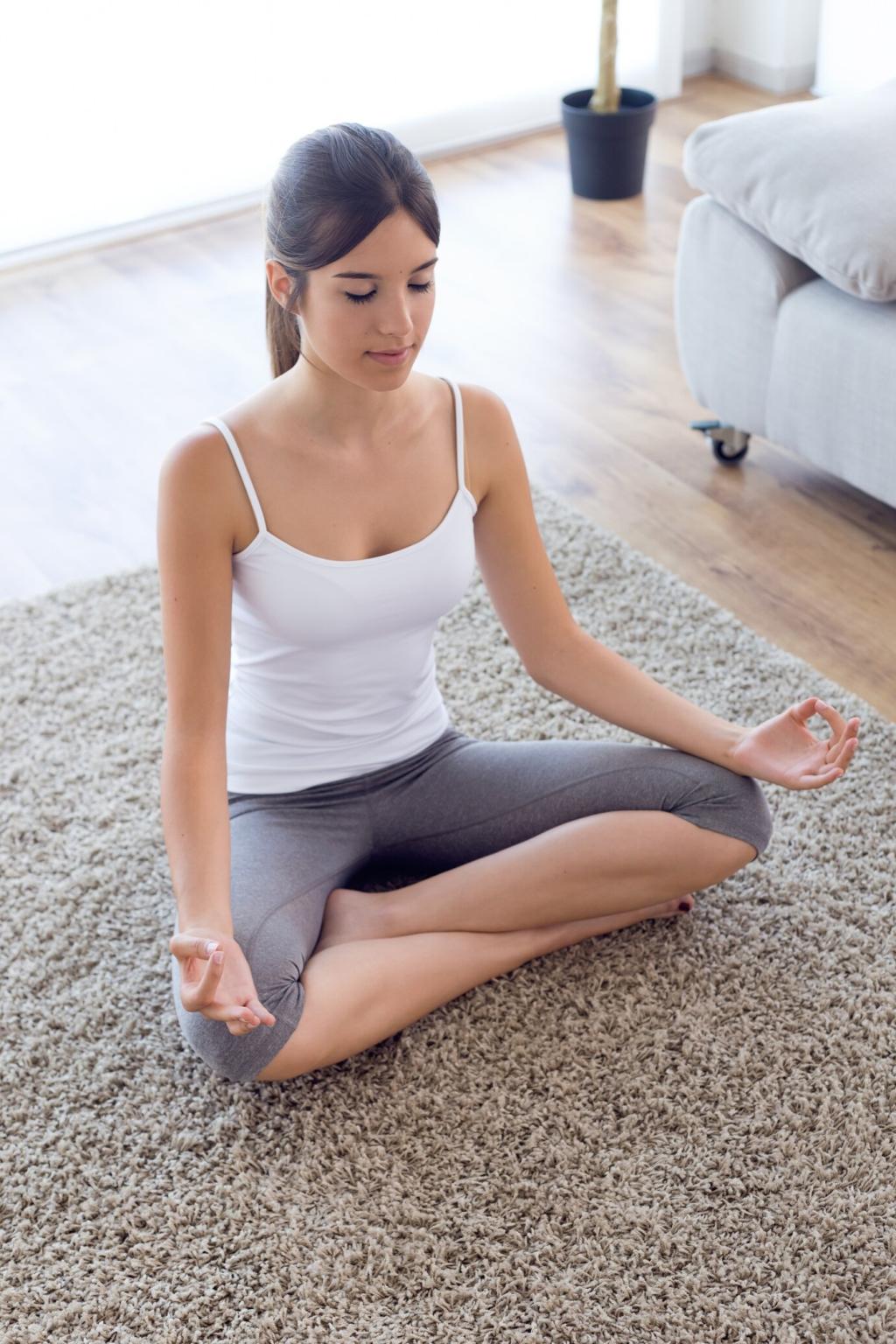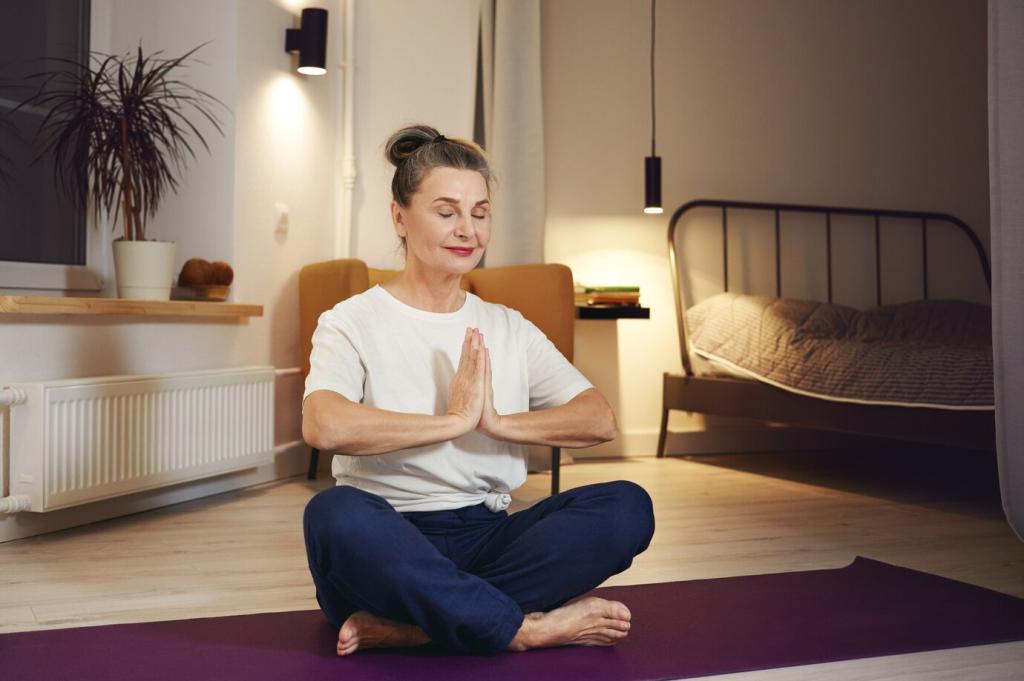Set Up Your Space and Intention
Dim the lights, silence notifications, and choose a time when you won’t be interrupted. A blanket, comfortable clothing, and a folded towel for head or knees can make your step-by-step body scan inviting, nurturing, and sustainable.
Set Up Your Space and Intention
Lie on your back with arms by your sides, or sit supported if lying is uncomfortable. The best posture for a body scan is one you can maintain without strain, allowing curiosity to flow through each region with ease.

